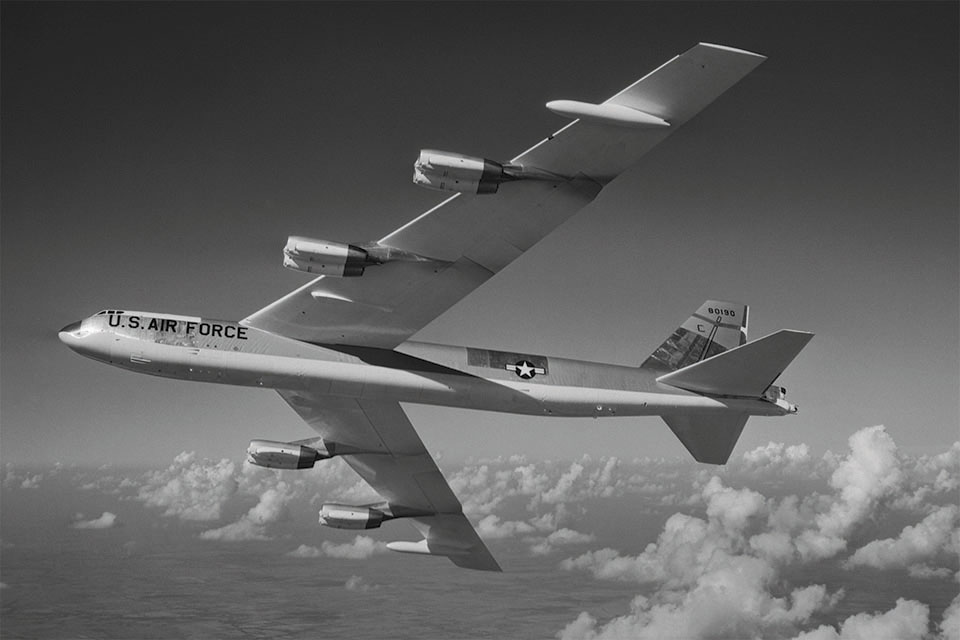January 24 in U.S. military history
1847: Col. Sterling Price (future major general in the Confederate Army) learns a force of nearly 2,000 Mexicans and Pueblo Indians is preparing to assault U.S.-held Santa Fe, in modern-day New Mexico. He assembles his 353 soldiers, militia, and volunteers and heads out to meet the enemy, which occupy houses and the heights overlooking Price’s position.
Despite the terrain disadvantage and five-to-one numerical odds, Price’s heavily outnumbered force routs the insurgents.”In a few minutes,” Price reported, “my troops had dislodged the enemy at all points, and they were flying in every direction.”
1944: As Maj. Gen. John P. Lucas’ VI Corps expand the beachhead at Anzio, Adolf Hitler orders his troops to defend the Gustav Line (situated between Anzio and Monte Cassino) to the last man. The nihilistic dictator’s order comes a year — to the day — after ordering Gen. Friedrich Paulus’ shattered Sixth Army to fight to the death at Stalingrad. Paulus and his men only hold out for another week.
1961: (Featured Image) When a nuclear-armed B-52 bomber from Seymour Johnson Air Force Base develops a fuel leak in its wing, the pilot flies over the ocean to vent the excess fuel before landing. However, the hole in the wing worsens significantly during the flight. Before the plane can land, it begins to oscillate wildly, and the movements manage to trigger many of the bombs’ redundant arming systems. The plane breaks up mid-air and three of the eight crew members perish. The weapons land north of Goldsboro, N.C., but fortunately, neither of the 3-plus megaton Mark 39 devices explode.
1985: The first all-military Space Shuttle crew blast off on a mission of which many details remains classified to this day. Discovery‘s crew are commander Ken Mattingly (USN), pilot Loren Shriver (USAF), and specialists Ellison Onizuka (USAF), Gary Payton (USAF), and James Buchli (USMC). All are former test pilots, and Buchli served as an infantry platoon commander during the Vietnam War before earning his pilots wings. Reportedly, their payload included one or more electronic intelligence gathering satellites.
1991: Helicopters carry Navy SEALs from USS Leftwich (DD-984) and USS Nicholas (FFG-47) to the Kuwaiti island of Jazirat Qurah, where the operators engage in a battle with the occupying Iraqi military. Three enemy soldiers are killed and 51 are captured, liberating the island with no American losses.
1999: Navy F/A-18C Hornet aircraft fire the AFG-154A Joint Standoff Weapon against air defense targets in Iraq, the first use of the JSOW in combat. The GPS-guided gliding cluster bomb can precisely hit targets, blanketing a football-field-sized area with deadly munitions from up to 40 miles away.
Today’s post is in honor of the crew of FROSH 10, a B-52C that crashed into a mountain in Maine during a training mission on this day in 1963. The airmen were testing terrain-following radar and flying at near-treetop levels when they encountered severe turbulence from the mountains, completely shearing off their rear stabilizer. While the pilot and navigator survived, Maj. Robert J. Morrison, Lt. Col Joe R. Simpson, Jr., Maj. William W. Gabriel, Maj. Robert J. Hill, Jr., Capt. Herbert L. Hansen, Capt. Charles G. Leuchter and Tech. Sgt. Michael F. O’Keefe of the 99th Bombardment Wing, Heavy perished.
